The Yucatan peninsula is, as my hostel owner would call it, Peter Pan Land. With hundreds of cenotes, caves, underground rivers, and Mayan ruins, you needn’t look far for a great adventure. It’s even home to one of the New World Wonders, Chichen-Itza.
The Mayans lived in this area but each ruin was as unique as its own state. The Mayans were a very advanced and intelligent group of people. They had the first complete pre-Columbian writing system, which means it developed autonomously. They invented it.
Their calendar was more accurate than the one currently used today. They knew as much as humanly possible about astronomy (without a telescope) to create that calendar. Why don’t we use it? Because the Spanish were stupid and couldn’t admit they had already done it better so the Spanish burned all their books instead. Speaking of books, there are only 3 Mayan books left in the world.
They knew the Earth’s shape was a slight oblong way before Columbus “found out” it was round so it’s stupid that we attribute the discovery of Earth’s shape to Columbus. With all the talk of renaming Columbus Day to Native American day, that guy is screwed.
Some background: the earth is a slight oblong that tilts on its axis a certain number of degrees as it rotates around the sun in one year. Two days out of the year are called equinox and winter solstice, the brightest and darkest days, respectively. I don’t know enough astronomy to even begin to figure out which days that would be and I’m betting you don’t either. But the Mayans did.
They built their temples such that on the exact days of equinox and winter solstice, the sun would shine over the apex of the temple and slant down to light up an altar in front of the temple. That only happened twice a year, so if you built the temple incorrectly, the altar would be left in the dark and everyone would boo and think they’d angered the gods and probably lob your head off. Maybe that happened too but we’re left with the temples that were built correctly so the Mayans look like they really had it together. Good for them.
They also built their temples on top of cenotes. They viewed cenotes as openings to the underworld and threw a lot of people in there. I’ve probably swam on top of dead bodies, long gone, so there’s that.
The first Mayan ruin we visited was Uxmal.
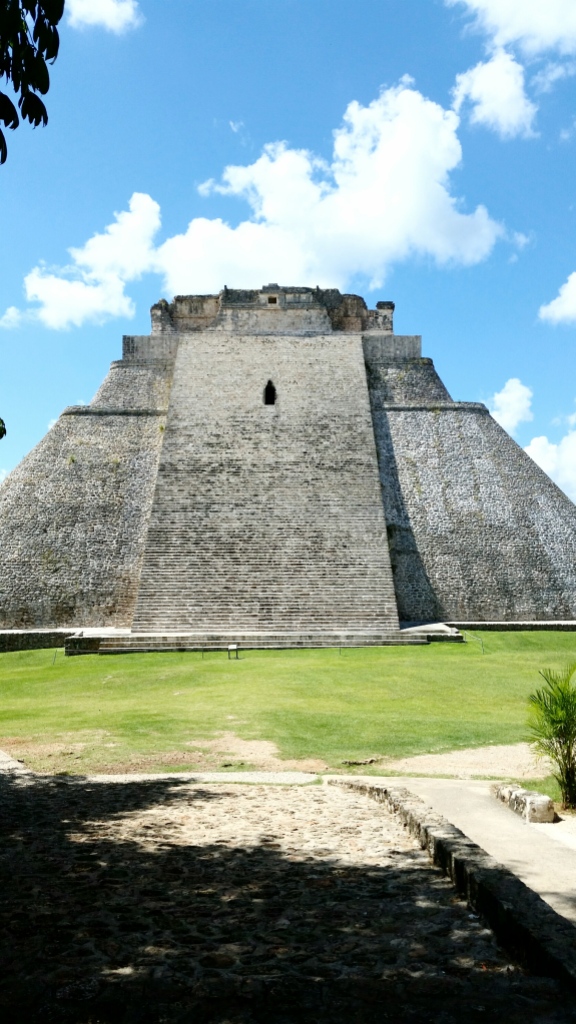
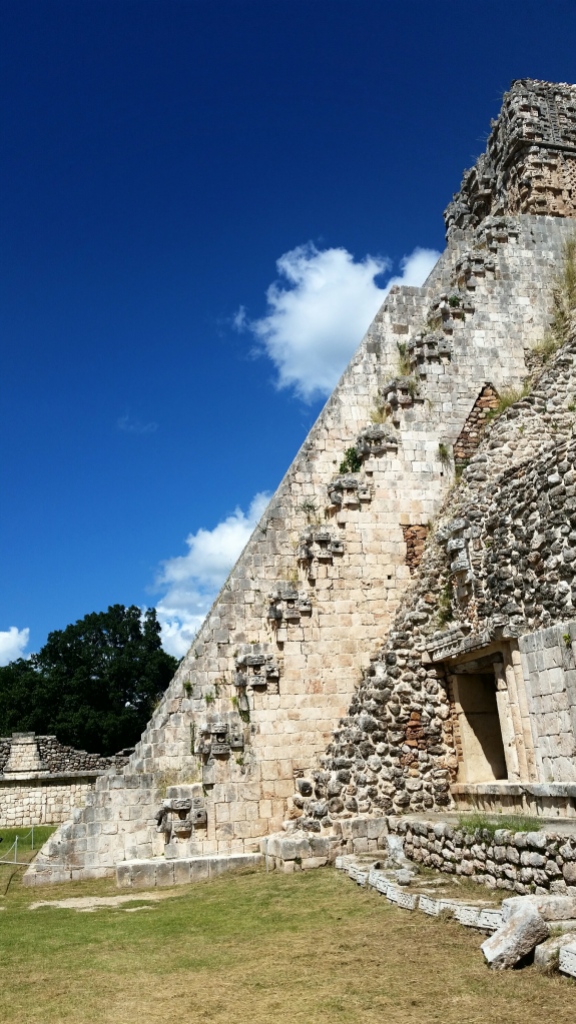
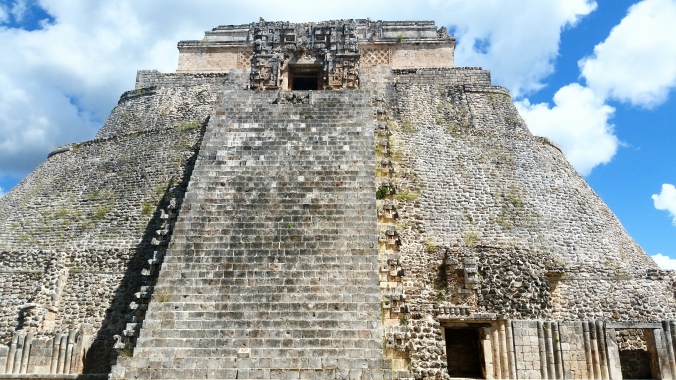
This temple was really workin’ it. But there were others.
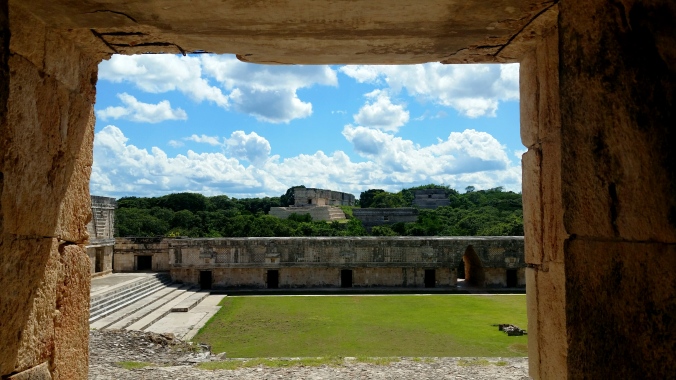
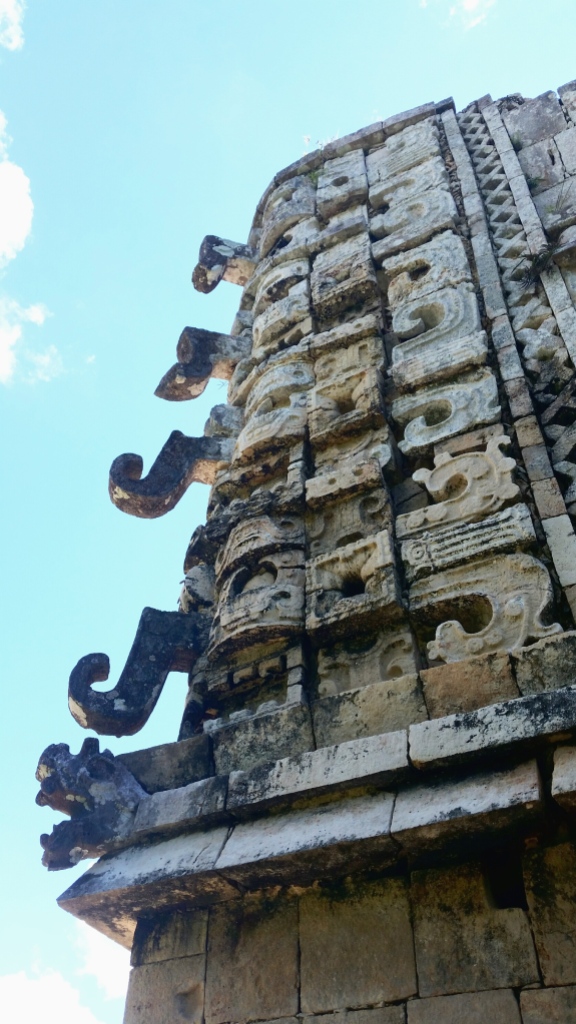
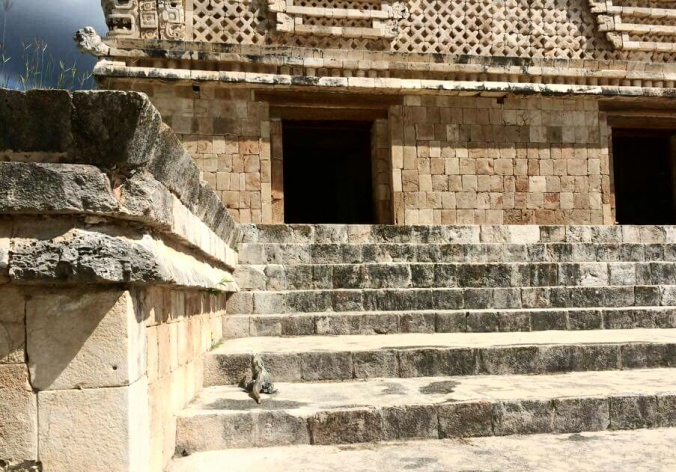
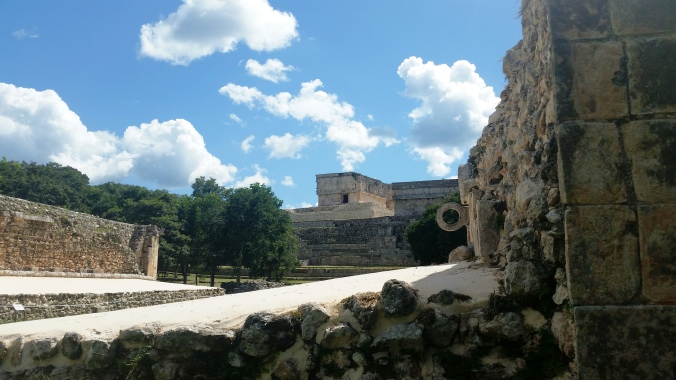
Uxmal was quiet and abandoned, leaving us a Mayan ghost town to explore. It was excellent. Uxmal was the largest of the three we saw and the best preserved. If you were to visit only one, I’d highly recommend this one.
Near Uxmal was a cave, Gruta Calcehtok.
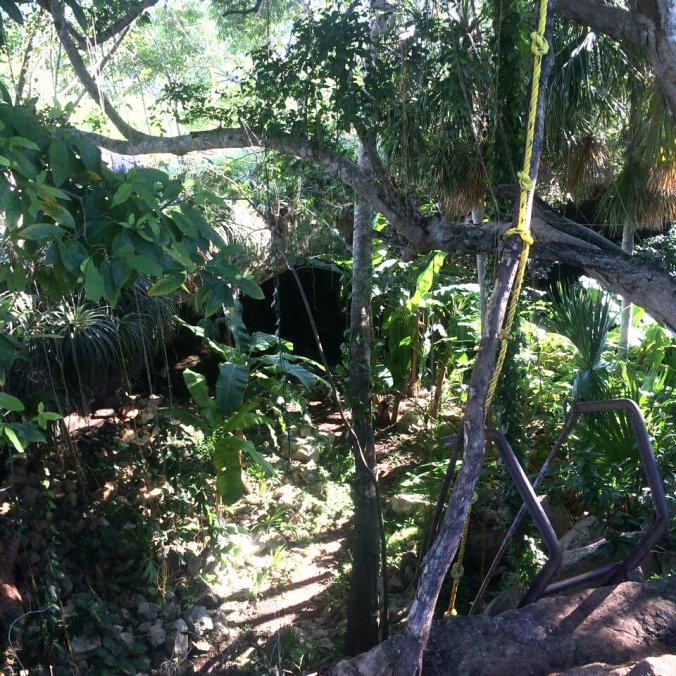
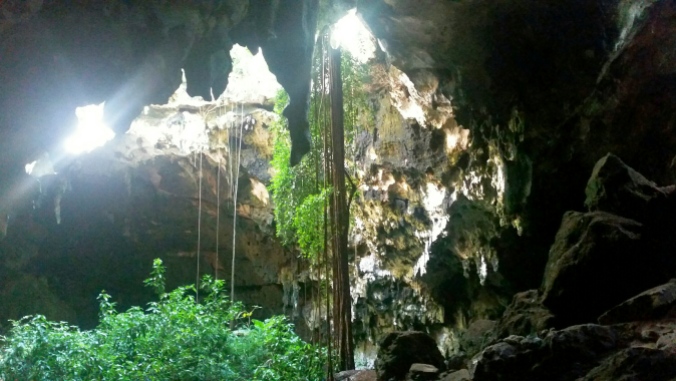
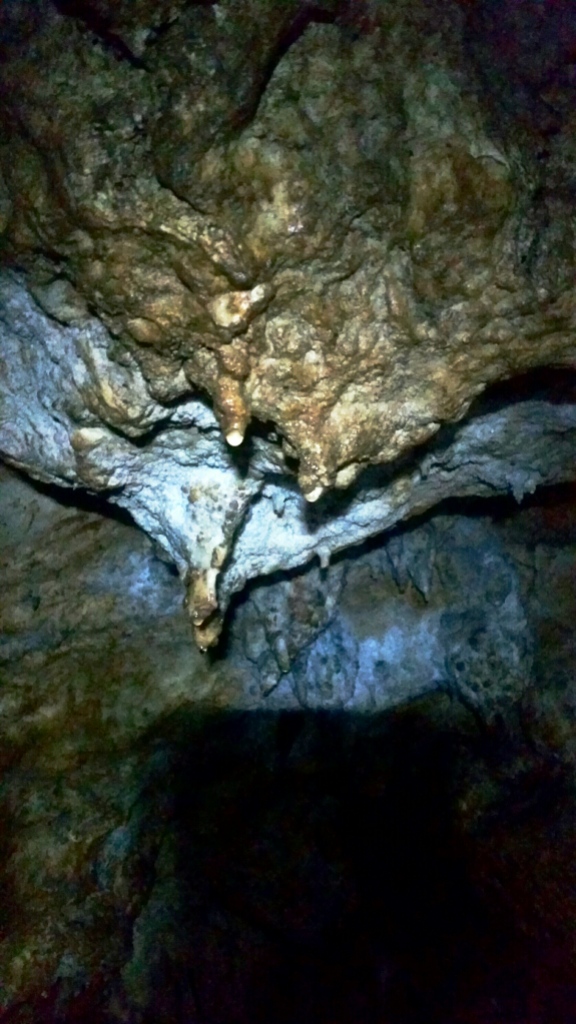
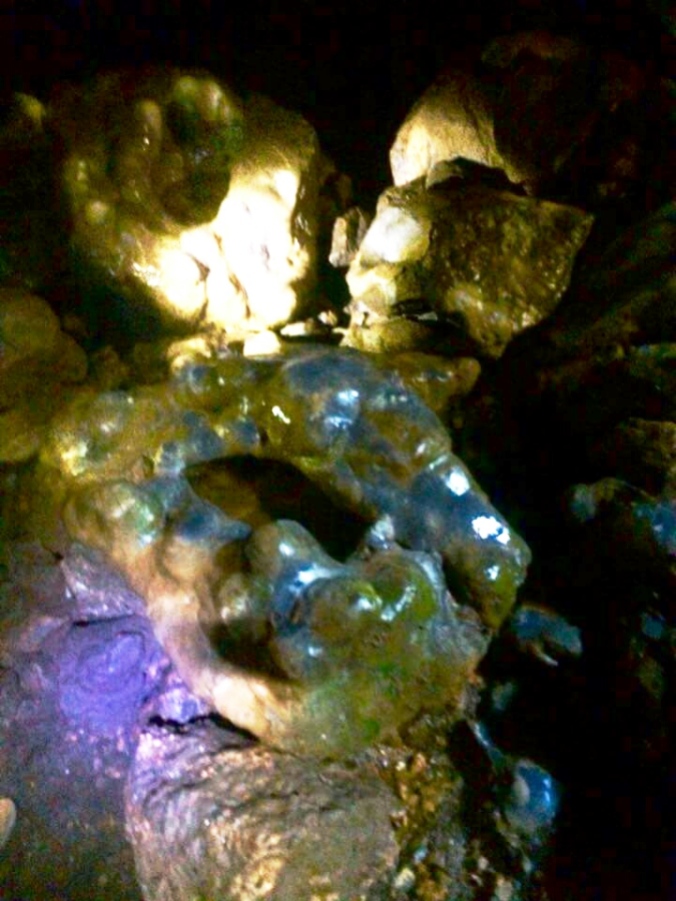
As we were climbing deep down into the cave, it grew darker and the formations were larger and older. Some were shaped like a snake, a horse’s head, an alien, and even Santa Clause. The sounds from outside could not be heard. The air was stagnant and smelled like earthy mold. The ground was slippery from water and bat feces. We wore headlamps to light the way. Sometimes bats would flutter by my head, snapping up stray bugs that had the misfortune of being trapped in the cave. At one point something ran over my foot and fearing it was a rat, I quickened my pace. Large spiders that were unlike any spider I’d ever seen hid in the crevices of the stalagmites.
Even deep inside this cave were remnants left behind by the Mayans. Pieces had been removed from Calcehtok to build Uxmal. Ceramic pots, rock mortars, and a sacrificial area were still present.
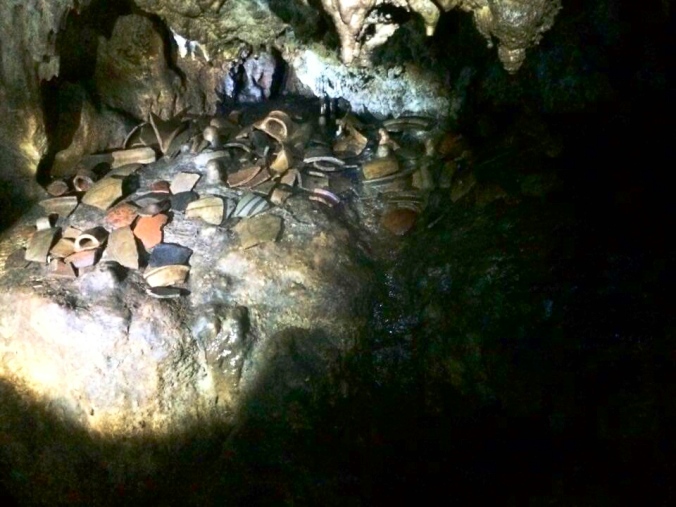

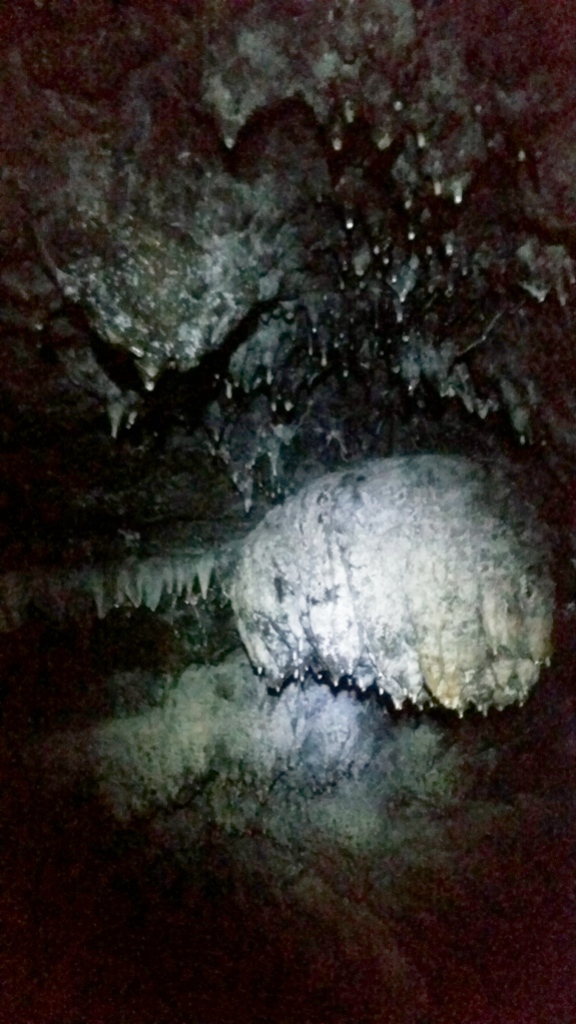
The rooms of the cave kept going back and back until both The Guy and I had lost all sense of direction. Our guide informed us that some people opted to spend up to 9 hours inside, rappelling and climbing the steep walls. We kneeled down and shuffled our way into some of the areas, careful not to touch anything since the oils from our skin halt the formations.
After more crouching, turning, and climbing we found ourselves back at the entrance.
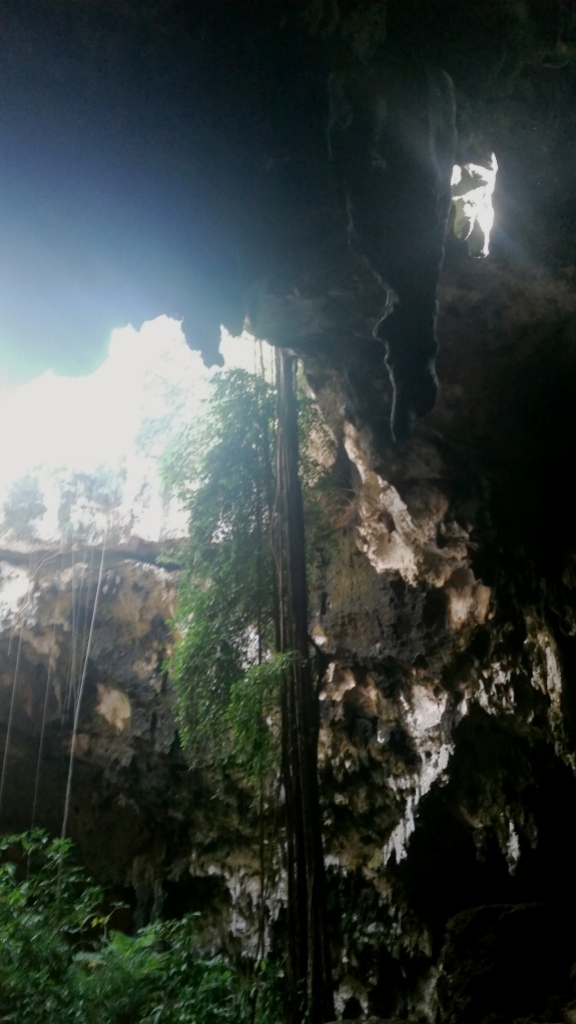
It felt good to be in the sun again.
The cave was a wonderful tie-in to our Mayan exploration. Now whenever I see a mortar and pestle, I’m reminded of our trek underground.
Our next encounter with Mayan ruins was one of the New World Wonders, Chichen-Itza.
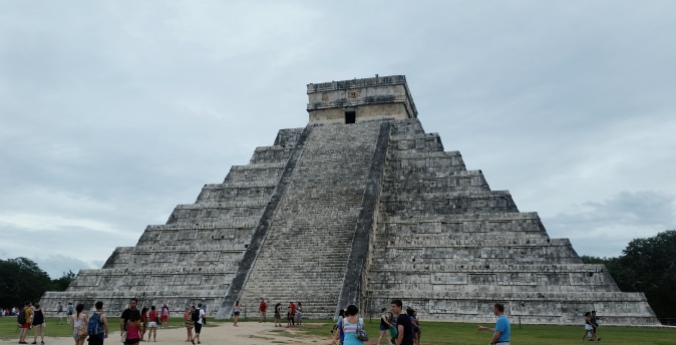
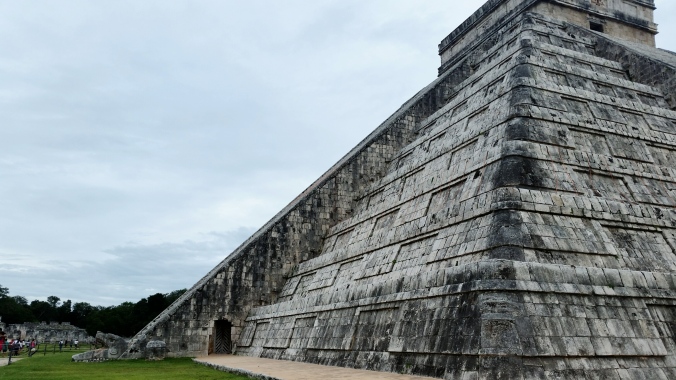
The base of this temple had an open snake’s mouth with the body running up the side. The Mayans included snakes in a lot of their architecture because it represented their god of water, Chaac.
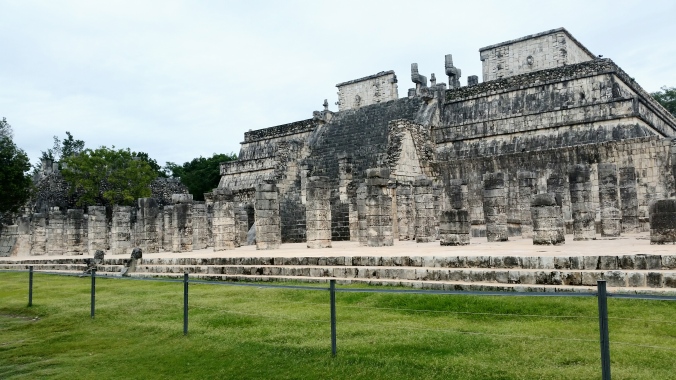
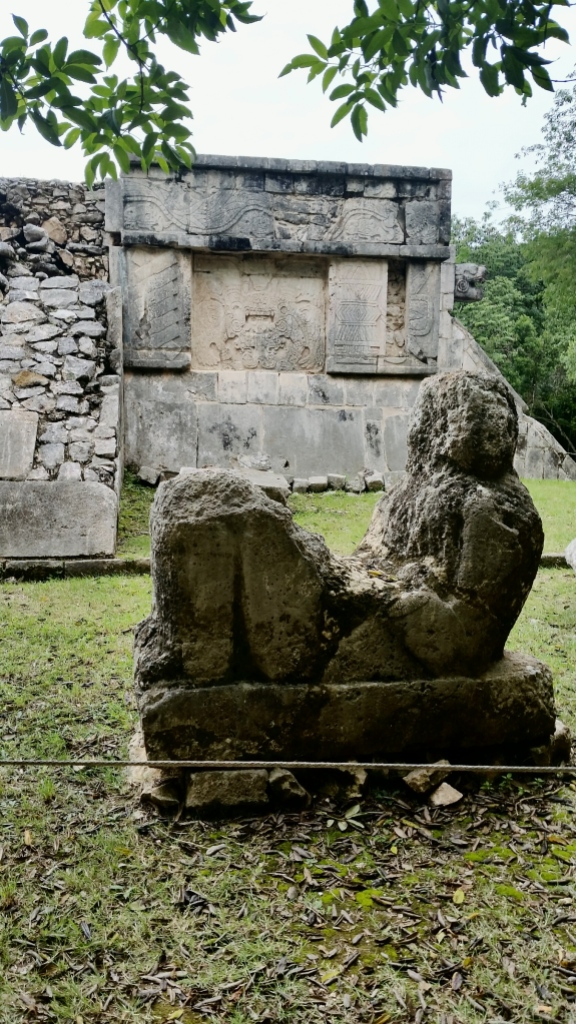
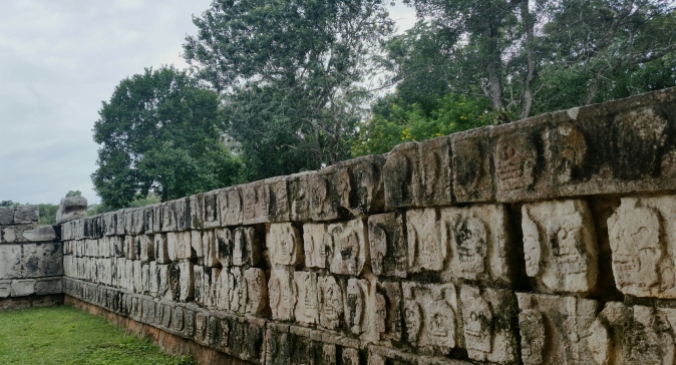
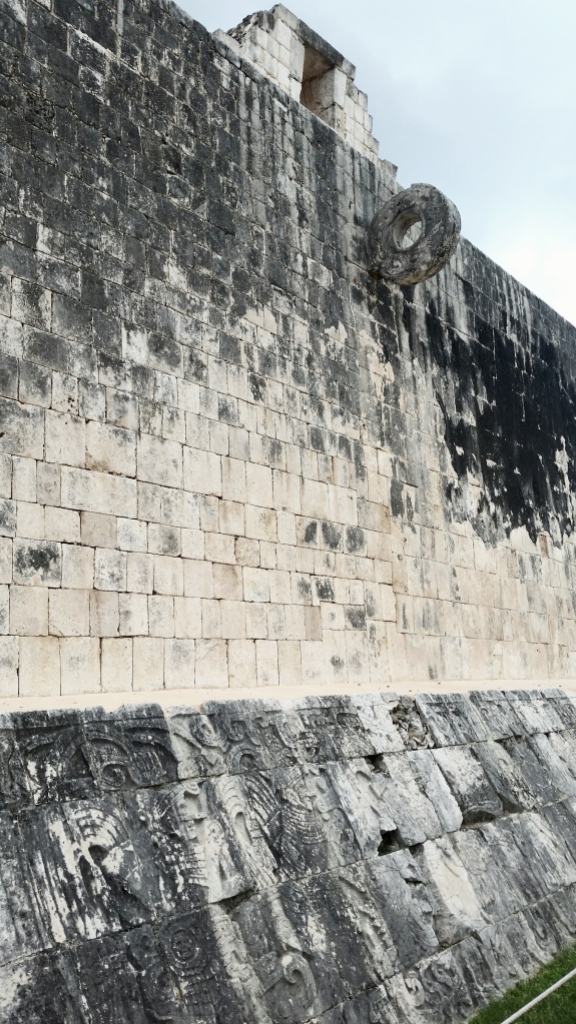
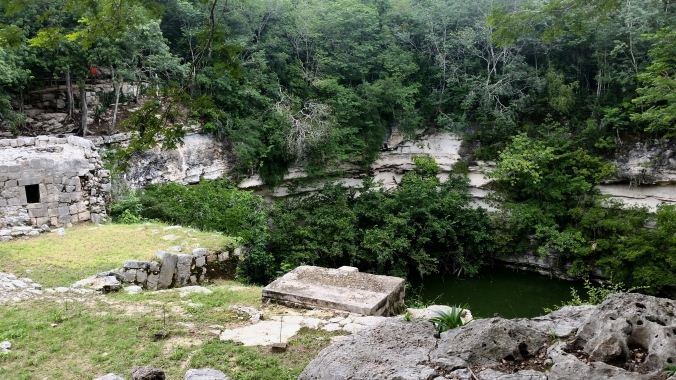
Notice the intricate carvings on all their buildings. Imagine when they were the quality of their glory days. It must have been magnificent.
In the back of the city was a very large cenote. Visitors were allowed to visit this cenote and look upon it. This was a rather large opening to the underworld and still considered a sacred place. Archaeologists in the recent past who have wished to enter were required to go through a ritual asking for permission to enter.
Chichen-Itza was not quite as large or well-preserved as Uxmal but is older and was uncovered first, thus its title of world wonder. It was fairly overcrowded and no climbing of the temples were permitted. The vendors lining the walkways were numerous, selling skillfully hand-crafted masks and other knick-knacks. They came up with clever ways to entice tourists to their tables by yelling, “One dollar.” Some tables had dollar pieces but many did not. Monkey see, monkey do.
After Chichen-Itza, we stopped at the city Izamal to visit the world’s second largest church atrium.
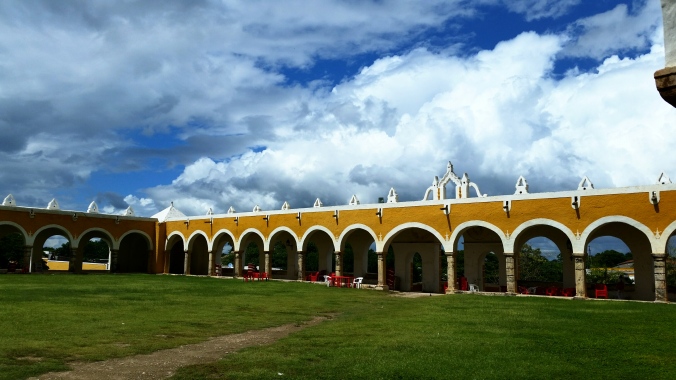
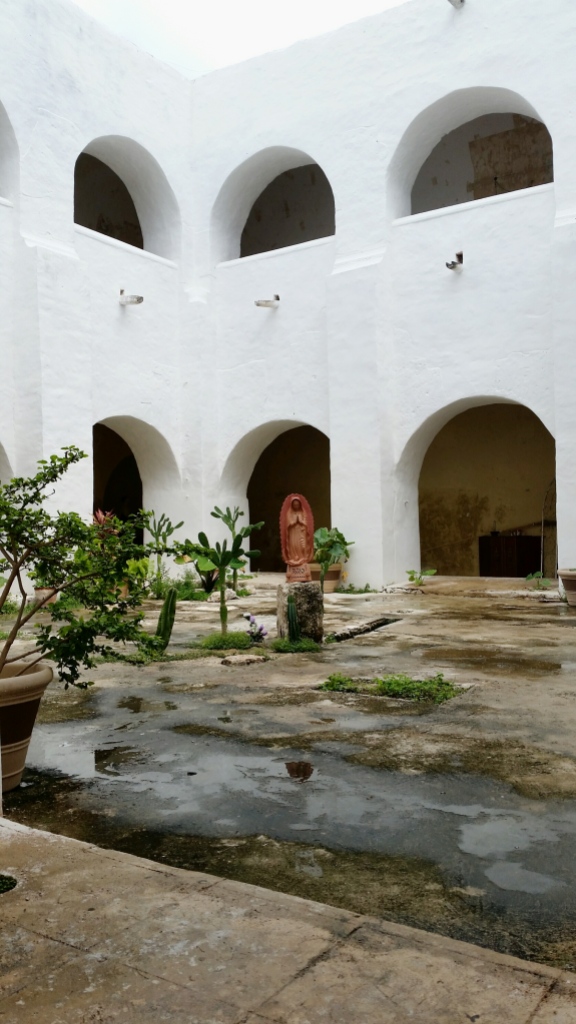
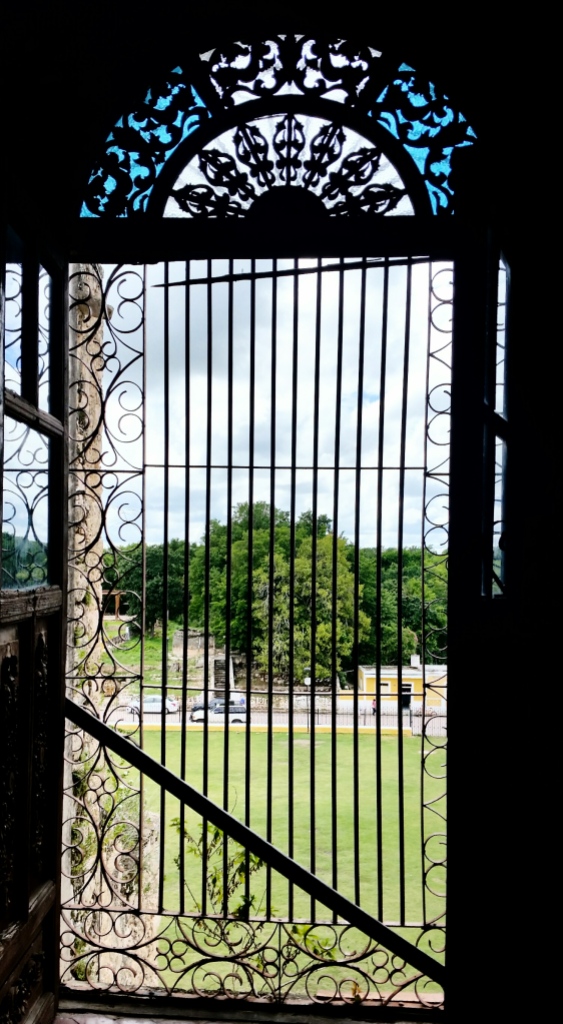
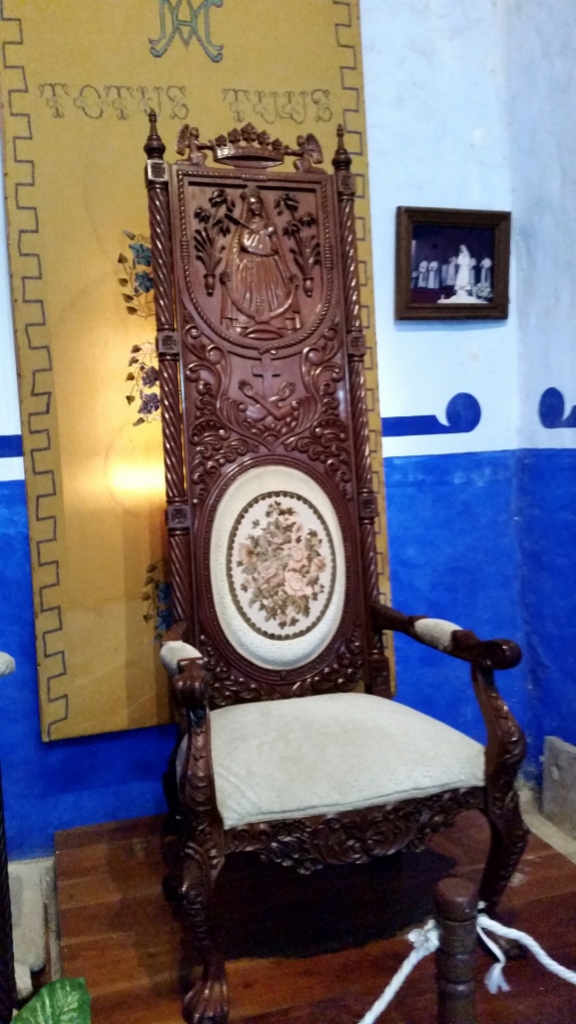
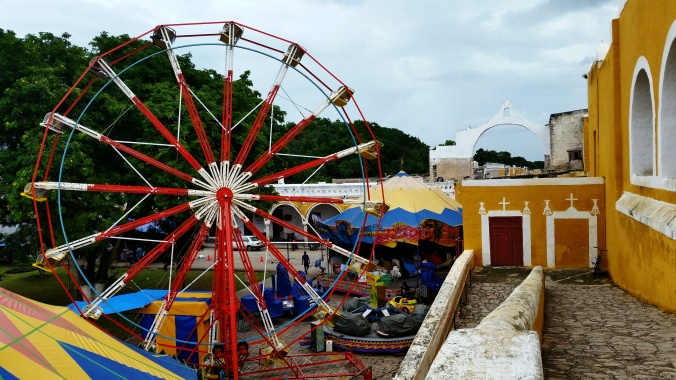
Izamal is considered one of Mexico’s magical cities but honestly did not intrigue me in the least. But the weather made for good photography.
We continued to Valladolid where it began pouring heavily. Amid the downpour, we secured a hostel and settled in for the night.
The next day, a Norwegian woman, Israeli guy, and the two of us drove to San Lorenzo Oxman cenote. Again we had the good fortune of enjoying it to ourselves.
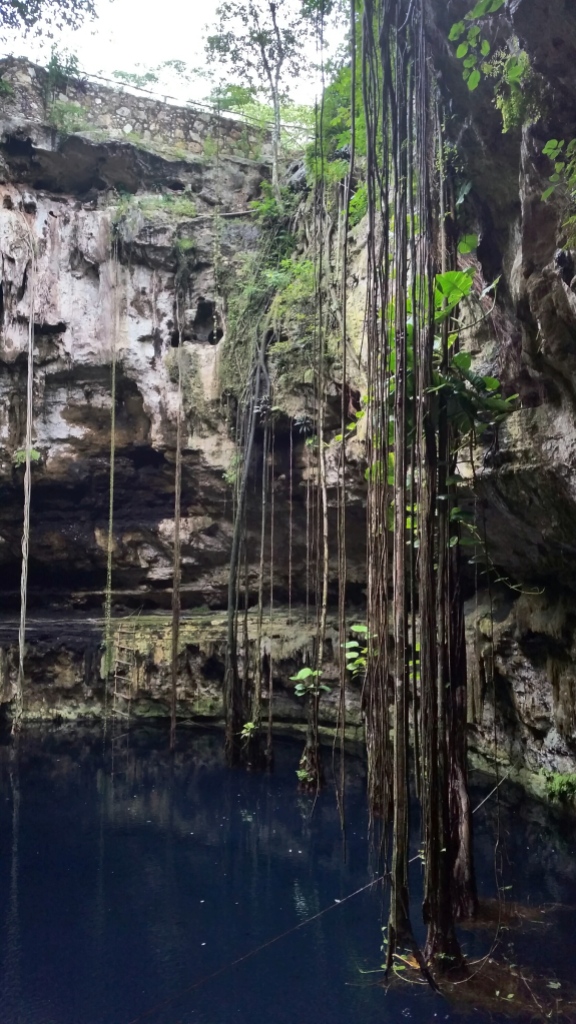
The most impressive thing about this cenote were the hanging tree roots. They hung all the way down, kissing the water. There was a rope swing so the guys could play Tarzan. I opted to jump off the ledge on the side which brought gravity rushing up into my belly as I dropped into the water. It was brilliant.
That night back at the hostel, we all sat together chatting and met 3 more Brits. Two were a seasoned hitchhiking couple and the third a chap who recounted some French-English history in the most hilarious way and taught us some “quite improper” British slang.
One of the Brits asked how we arrived and we said we drove.
“Oh, that’s quite a lot of time together. You must get on well.”
I pondered this for a moment and said to the guy, “I can stand you longer than I can stand anyone else.”
We laughed and the Brit said, “Well you are with the right person then. That’s really quite practical.”
Later on the Brit leaned over and asked The Guy, “Can I pinch a fag (Can I bum a smoke)?”
The Guy responded, “You can do whatever you want.”
The jokes of the night continued this way, enriched by our different backgrounds. A hostel’s table is always much more than just a table. It’s a place that inevitably leads to cultural exchanges and brings pieces of the world together.
Sidebar: I’ve decided the British accent might be my favorite accent. Their use of English is so proper and their elevated diction so discordant with American English that I doubly appreciate it.
The Israeli guy and I discussed learning languages and how their youth are required to serve in the military for 3 years after high school, then are expected to take a big trip before choosing their majors at University. Imagine the informed decisions they make regarding the direction of their lives! He’d been traveling for months, working in Canada and the US, continuing through Mexico.
We stayed up into the early morning discussing interesting places and politics. It was refreshing and revitalizing to have such good conversation with like-minded individuals and reminded me exactly why I love backpacking so much. Thank you Hostel Candelaria for attracting such wonderful people.
After several days in Valladolid, we continued our journey to where the ruins of Tulum laid. These Mayans really knew what they were doing, building walls around a beachfront section where visitors can now swim among the ruins.
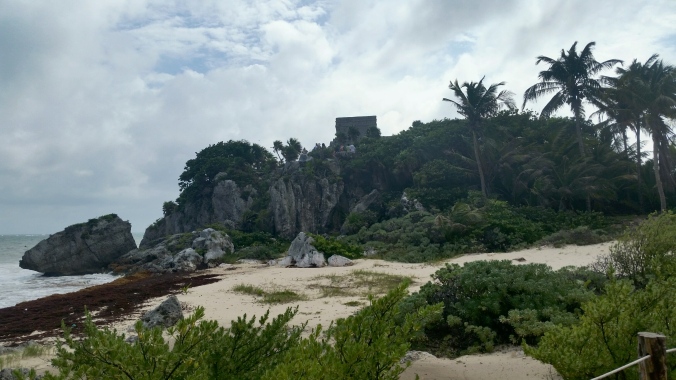
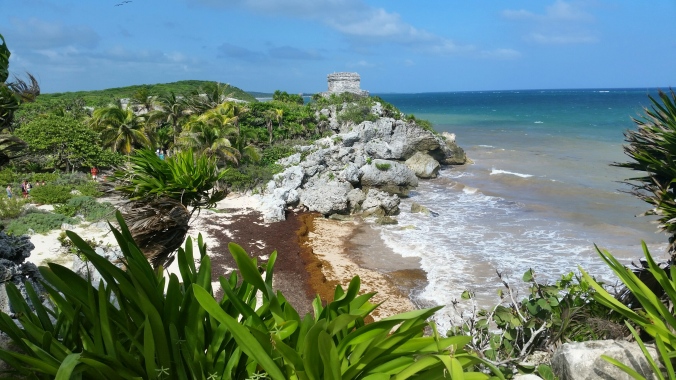
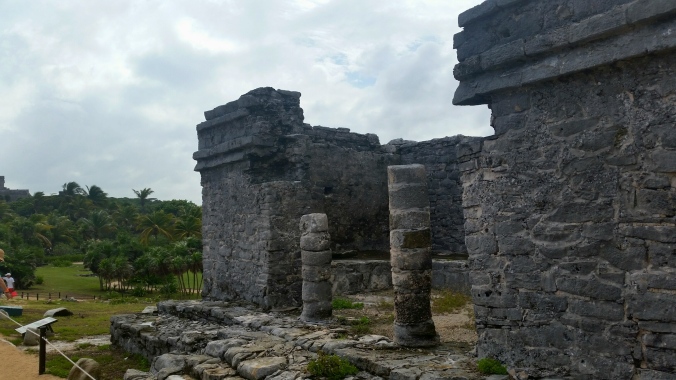
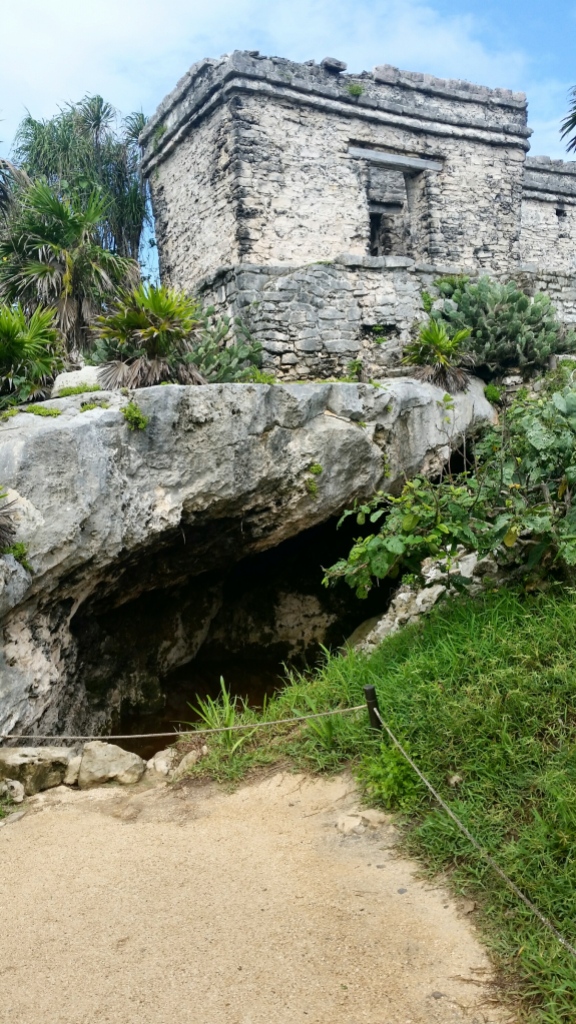
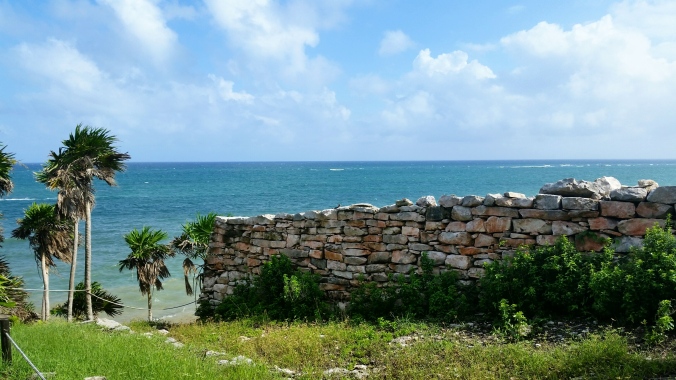
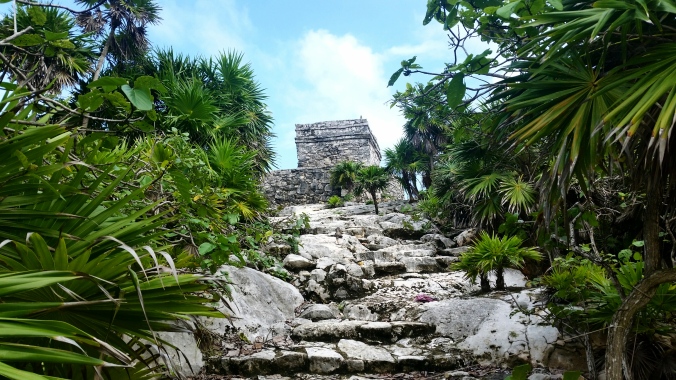
Tulum was a fantastic site. It’s not often you see ruins against the backdrop of tropical palm trees and the blue-green ocean. A lot of planning went into its display and although a lot of people were present, it didn’t feel that way. Most of the buildings were no longer intact but many pieces remained.
All in all, the Mayans were a bunch of badasses who were advanced and quite special. The language is still alive in this area and the influence on the food is rich, further differentiating this region. The Yucatan peninsula is drastically different from the rest of Mexico and I urge everyone to include it on their list of places for future trips.
Cheers!

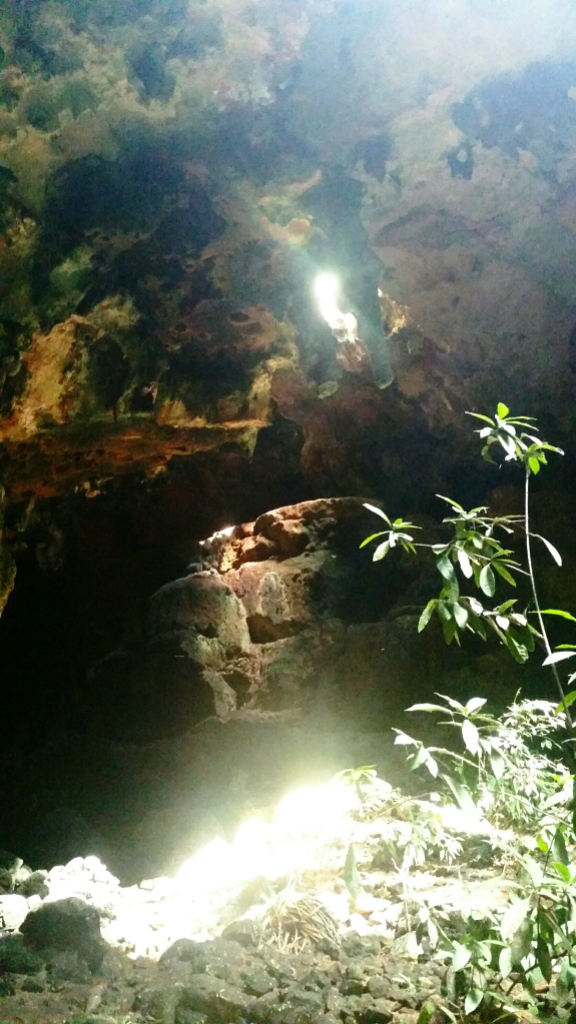
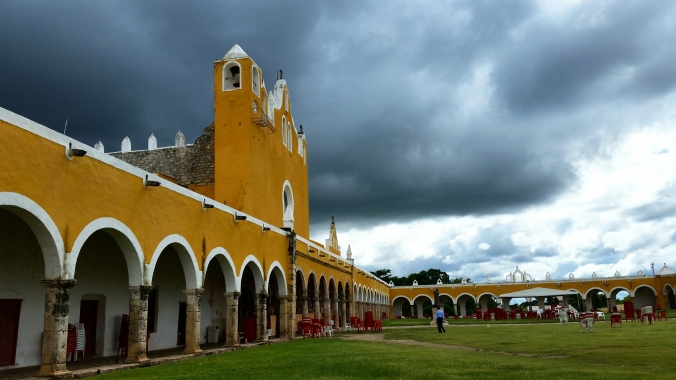
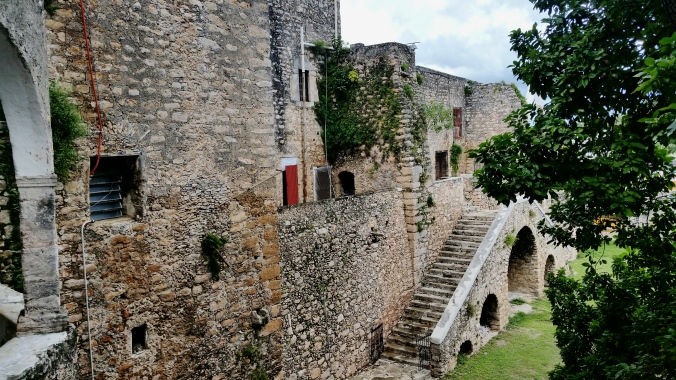
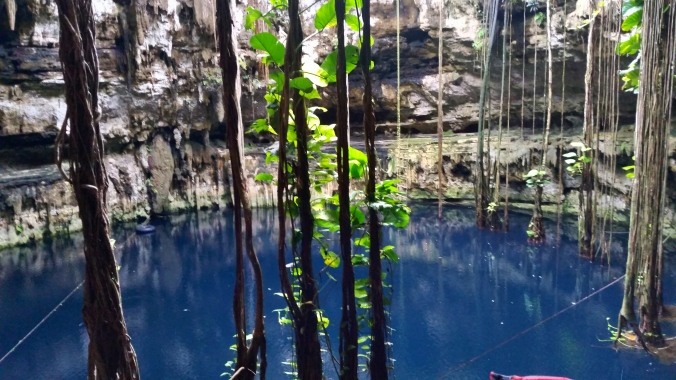
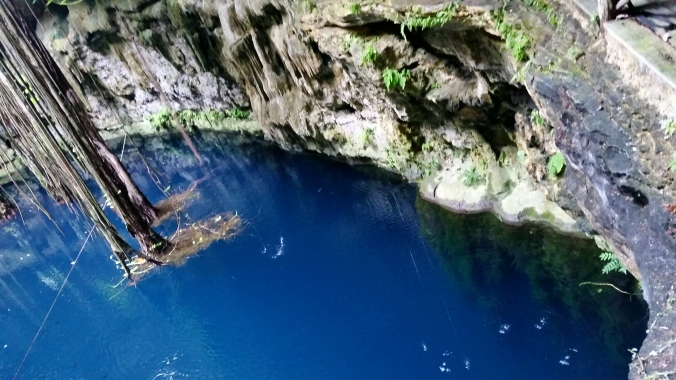
Beautiful scenery surrounded by beaches,swaying palm famous Mayan civilization in the Yucatan Peninsula!